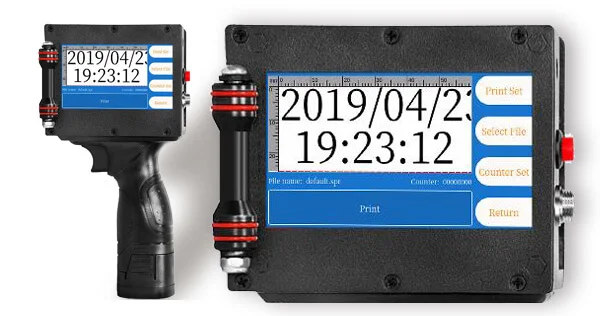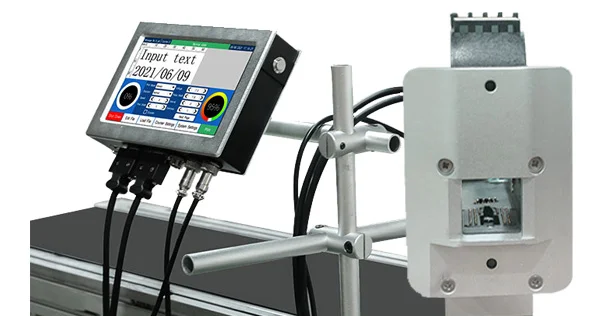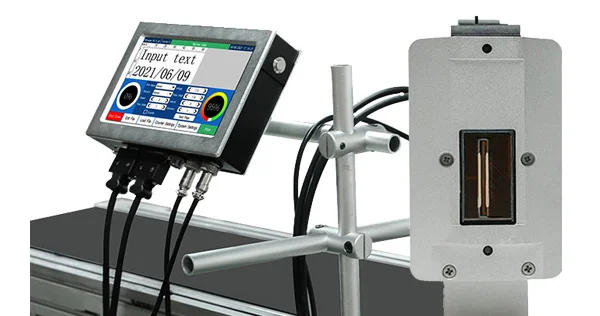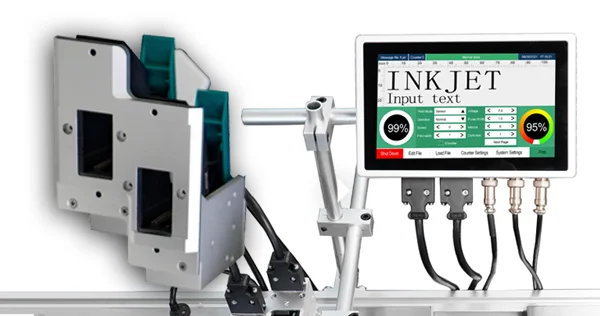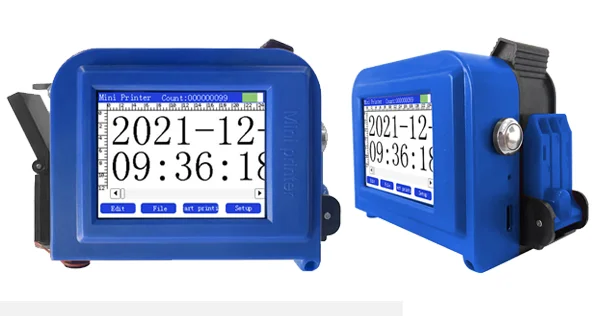-
Geotechtronics GmbH
Pollinger Str. 3 • D-82362 Weilheim i.OB -
Office hours
Mo-Sa: 9:00-18:00
Barcode and QR code printing


Without codes, modern trade as we know it would be virtually impossible. From production, shipping and transport to the "final" beep of the barcode reader at the supermarket checkout, codes of all kinds are simply part of products today. These codes have also become more numerous as technology has advanced. While the classic barcode is still attached to practically every end customer packaging, more modern forms such as QR codes or data matrix codes have also become established. Today, QR codes are often used where additional information is to be provided to the end customer. Customers can then use their mobile phones to access websites or contact persons in the service department, for example. The data matrix code is often used in the technical (e.g. automotive) or medical (e.g. pharmaceuticals) sector - where it is important to attach additional product information directly to the object in a very small space.
The barcode and its more modern variants have in common that they can compress information well and are well suited for machine reading. Better resolution readers and modern error corrections mean that the codes can also become ever smaller and more compact. For the printing of barcodes, QR-codes or Data Matrix Codes however, this also means higher demands on resolution and print quality.
Handheld barcode printer - Barcode printing with handheld mobile printer
In the case of very large or irregular products (e.g. construction material), a handheld barcode printer can certainly be a sensible alternative to stationary systems that are installed directly on assembly lines. The barcode (or QR code, data matrix code) to be printed is applied by pulling the printer along the object. Rollers ensure the appropriate synchronisation, while the print head itself does not touch the material. This means that irregular surfaces or curved bodies can also be printed. A handheld barcode printer usually has a built-in touch screen on which the print templates can be created. Typical formats include text, numbers, sequential numbers, graphics, barcodes and QR codes. Modern handheld printers also support the dynamic variants of barcodes and QR codes.
Thanks to contactless printing, almost all common materials can be printed on - it just depends on the use of a suitable ink. In addition to cardboard and plastic, wood, stone, concrete, polystyrene, ceramics, glass and many other surfaces can be printed with barcodes without any problems. The possible applications are practically unlimited. Hand printers also work very economically when printing barcodes, as the printouts are usually very small and compact.
QR code and barcode marking and printing with NasaJet® NJ-1000 and NJ-2000
The NasaJet® NJ-1000, NJ-2000 and NJ-5000 models are particularly suitable for retrofitting into existing production systems, for example on assembly lines. The two marking systems consist of the control unit with a built-in touch screen and a print head connected by cable. The print head can then be easily mounted on existing assembly lines according to the desired print location (top, side,...). External sensors (light sensor,...) can serve as clocks for triggering the printing process or the printing is done as "continuous printing". The printing speed can be up to a maximum of 50m per minute.
As with our hand printers, almost any surface (smooth, curved, rough,...) can be printed with the proven TIJ principle. Inks and special inks for different applications are available from various suppliers. Even special applications (invisible UV ink, waterproof,...) can be realised.
The systems have a maximum print resolution of 300 dpi and are therefore particularly suitable for the pin-sharp output of small elements such
as barcodes or data matrix codes. It is possible to create and manage print templates that consist of several elements. In addition to the
actual codes, you can also print dates, consecutive numbers or static text at the same time.
Do you have questions about NasaJet® Barcode marking and printing products?
Call us now.
Frequently asked questions about barcode printing / marking
What's a barcode?
Barcodes (also bar code, EAN - European Article Number) are machine-readable codes in the form of vertical bars of different thicknesses and gaps between bars. and gaps between the bars. Barcode readers (barcode scanners) can then detect and decode these light and dark sections. Barcodes have been used in industry and commerce for a very long time. The end consumer is familiar with them mainly as product labelling in supermarkets for quick recording of purchases.
Why do you need a barcode?
The good machine readability of barcodes provides the basis for automated and semi-automated of all kinds of products. Barcodes massively increase speed and at the same time reduce errors during capture.
Do barcodes also have disadvantages?
Barcodes can only be read with technical aids, unless they are supplemented with additional human-readable information. Barcodes require direct visual contact, compared to electromagnetic solutions, for example. The error tolerance (in case of staining or destruction) is much lower than with more modern coding techniques (QR code, data matrix code).








